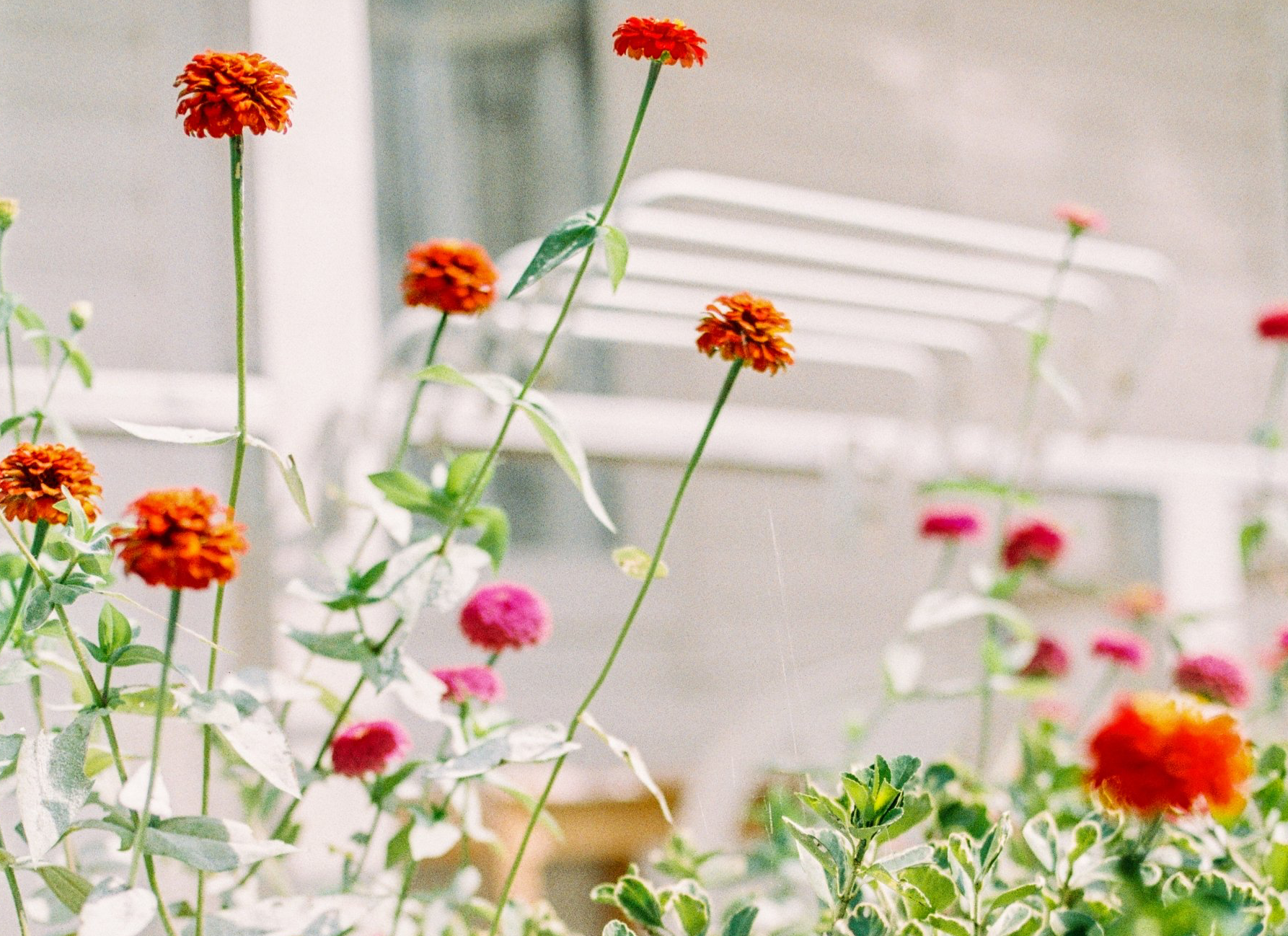A Network of Nature Recovery
Andy Millar of Natural England shares his perspective on the bigger picture of pledging to WildEast. He's keen to work with as many people as possible to join up the tapestry of similar initiatives across East Anglia to form a truly resilient Nature Recovery Network. From large estates to small urban gardens, every pledge matters.

Creating space for nature in East Anglia from the bottom up
I should imagine that many of you, like me, are excited to make your land or your space as attractive as it can be for nature, whether that’s a courtyard, a large garden, a community open space in a city or a large rural estate. But sometimes it’s too easy, when faced with still too frequent bad news about habitat and species loss around the world, to feel defeated and wonder if our individual contributions can make a difference, or how they fit in?
The answer is a resounding yes, every contribution, no matter how small, makes a difference, and is part of a growing bigger picture. We all know by now we need bigger, better and more connected places for nature in our land and seascape. We need joined-up large areas and corridors where wildlife can thrive, move and migrate, adapt, build resilience to change and begin to address the twin threats of the climate and biodiversity crises. This isn’t just important for its own sake either; its well-known now that a thriving natural environment can provide services, often for free, that help support a healthy society and a prosperous and properly sustainable economy. Also, if the pandemic teaches us anything it’s that being immersed in and connected with nature improves our own mental and physical well-being. Help nature and it will help us.
Natural England, with partners like WildEast and similar other initiatives and partners across East Anglia from all parts of society and walks of life, is on a journey to build a truly joined-up and resilient Nature Recovery Network across the country. We’d like as many people as possible to join in and start to join the dots. A thriving Network will connect our nature reserves and protected landscapes with each other, into the wider countryside and reach right into our towns and cities.
This isn’t a quick or short journey either, it will be a longer game, over many decades. It will also, with a framework that we have never had before, be embedded in the planning system through Local Nature Recovery Strategies. In East Anglia, there are already projects underway and partnerships working together to showcase how we can build nature recovery into our landscape and society, often over very large areas. Across our region, existing and new projects are looking at all the ingredients of nature recovery, from full ‘re-wilding’, restoring rivers and natural floodplains, re-introducing long lost species, creating more woods, heaths and meadows, right through to changes to cropping and livestock management that will restore soil, reduce flooding and draw some of that excess atmospheric carbon back into the ground. All of these and more will be needed to stitch nature back together in our region.
In my day job, I am lucky enough with my colleagues to be able to engage with and support many of these initiatives in Norfolk and Suffolk. It’s so exciting to see the enthusiasm and energy to work together, from landowners, conservation bodies, and increasingly local communities, individuals, planning authorities and private companies. Partnerships are key to making it happen, as it will need all parts of society coming together, working on a shared vision, pulling in the same direction and blending all the available tools and funding sources into the same places to make real the changes we need.
So, the Nature Recovery Network sounds like something big and something only large landowners and professionals can deliver? If I ‘re-wild’ my garden, or create a community wildlife space, no matter how small, am I making a difference to the Nature Recovery Network I’ve described when much of the landscape around me is denuded and nature around the globe appears to be mostly in retreat?
I’ll share with you my garden in north Norfolk where I’ve a small wildlife pond full of newts and dragonflies, a small wildflower meadow, resident hedgehogs and a big tangly hedge. I can watch bats on a summer evening and hear owls at night. I’m lucky and blessed, but it is still a modest space.
But if I mentally zoom out from my space, and look around, I can already see the actual and potential connections. Maybe friends and neighbours in your locality are like minded? Suddenly there’s several nature rich gardens all close to each other, greater than the sum of their parts. Now look wider, maybe the countryside around is being managed for wildlife, maybe new meadows and green space are being created, open spaces in your town now semi-natural and full of butterflies rather than manicured. Those two isolated small woods nearby, separated by a field…could that field be planted with native trees to link those two woods up and create a larger more connected habitat? Zooming out further, it’s possible to see where we all are in the wider East Anglian landscape, to give us our sense of place, and see where the nature recovery opportunities are.
So yes, we are all making a difference. All our collective contributions, no matter how small they seem, will help. A Nature Recovery Network will be constructed both from the top and bottom, from the very large to the very small, including the small steps we take individually at home that together we build into something bigger. So, let’s all get out there and make it happen.
WildEast Blog

Powered by LocaliQ
Follow Us
SIGN UP FOR NEWS & UPDATES
Newsletter Sign Up
Thank you for signing up to our newsletter.
Please try again later.
Privacy / Terms & Conditions / Sitemap
